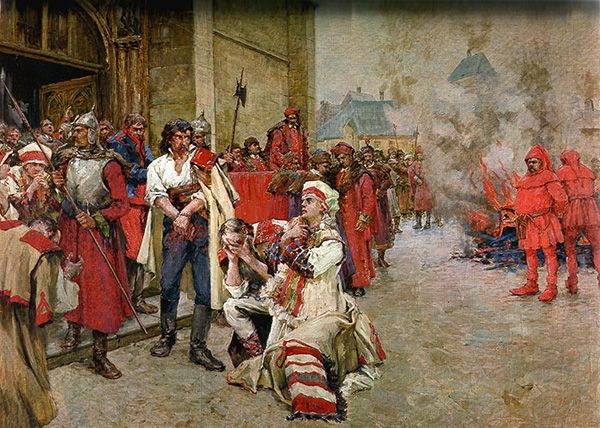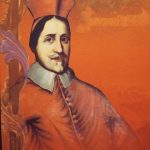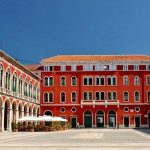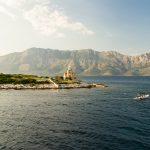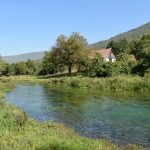Browse through Croatian history for this week, you may be surprised by what you read…
January 22
Operation Maslenica was a Croatian Army and Ministry of Interior offensive launched on January 22, 1993 to retake territory in northern Dalmatia and Lika from Krajina Serb forces, with the stated military objective of pushing the Serbs back from approaches to Zadar, Maslenica and Karlobag, allowing a secure land route between Dalmatia and northern Croatia to be opened. It succeeded in recovering the Zadar hinterland area, Maslenica strait and Zemunik airport near Zadar, including the Peruća dam, unsuccessfully blasted by the Krajina Serbs.
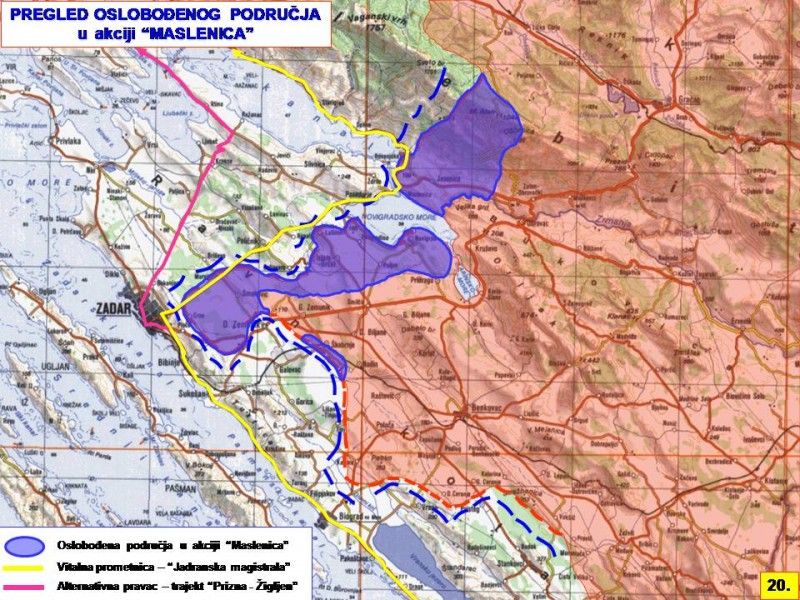
January 23
Born on this date in 1857, Andrija Mohorovičić was a Croatian meteorologist and seismologist. He is best known for the Mohorovičić discontinuity and is considered as one of the founders of modern seismology. He made systematic studies and both invented and constructed instruments to observe precipitation in Croatia and Slavonia. By analysing data from seismic posts, Mohorovičić concluded that the Earth has several layers above a core. He was the first to establish, based on the evidence from seismic waves, the discontinuity that separates the Earth’s crust from its mantle. This is now called the Mohorovičić discontinuity or (because of the complexity of that name) Moho. Mohorovičić assumed that the velocity of seismic waves increases with the depth. The function he proposed to calculate the velocity of seismic waves is called the Mohorovičić law.
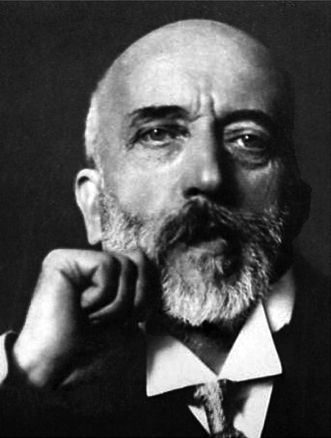
January 24
On this day in 1906, Slavoljub Penkala patented in Zagreb the world’s first mechanical pencil. Born in Slovakia, of Polish and Dutch heritage, he moved to Zagreb and to mark his loyalty to his new homeland he took on the Croatian name Slavoljub (the equivalent of slavophile), becoming a naturalized Croat. He became renowned for further development of the mechanical pencil – then called an “automatic pencil” – and the first solid-ink fountain pen (1907). He also constructed the first Croatian aircraft to fly in the country, the 1910 Penkala Monoplane, flown by Dragutin Novak, who was also the first Croatian pilot. Among his patented inventions were: a hot water bottle – his first patented invention, the “Termofor;” a rail-car brake; an anode battery.
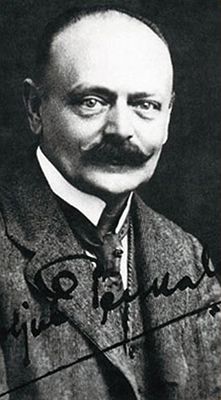
January 25
Passing away in 1925, Juan Vucetich was a Croatian-born Argentine anthropologist and police official who pioneered the use of fingerprinting. Vucetich was born as Ivan Vučetić at Hvar in the Dalmatian region of Croatia, then part of the Habsburg Monarchy. In 1882, he immigrated to Argentina. In 1891 Vucetich began the first filing of fingerprints based on ideas of Francis Galton which he expanded significantly. He became the director of the Center for Dactyloscopy in Buenos Aires, Argentina. Argentinean police adopted Vucetich’s method of fingerprinting classification and it spread to police forces all over the world. Juan Vucetich died in Dolores, Argentina.
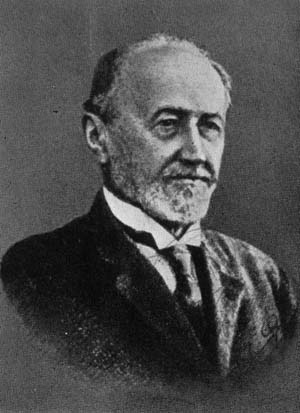
January 26
Andro Vid Mihičić passed away on this date in 1992. He was an art historian and a poet who graduated from the Sorbonne. After serving as a Franciscan until 1944, he was named in 1947 as curator of the Modern Gallery in Zagreb, alongside teaching at the Fine Arts Academy until his retirement in 1966. Written on his tombstone in Beli town on Cres Island is: “Every man is small before the secret of death.”
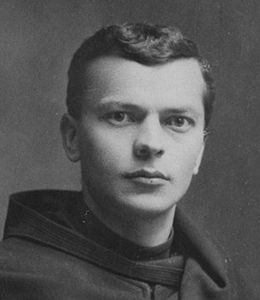
January 27
On this day in 1416, the Dubrovnik Republic was among the first in Europe to forbid slave trade on its territory. Although it is sometimes cited this was the first such law in effect in Europe, there are records of Venetian Doge Pietro IV doing so in 960, as well as Iceland in 1117, including the Korčula town statute from 1214, which mentions the prohibition of slave trade.
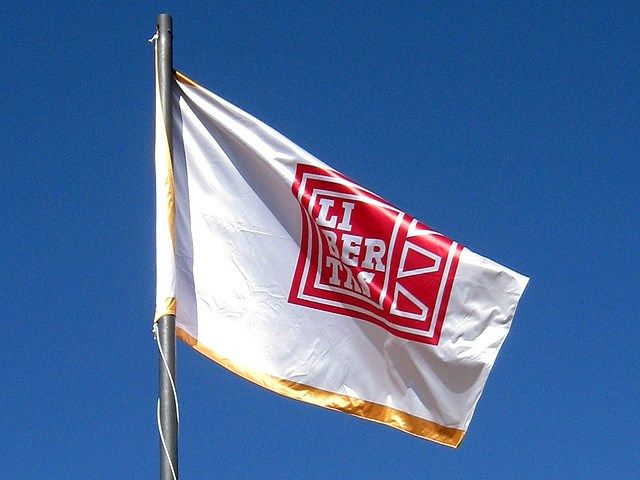
January 28
The Croatian–Slovene Peasant Revolt began on this day in 1573, a large peasant revolt on the territory forming modern-day Croatia and Slovenia. The revolt, sparked by cruel treatment of serfs by Baron Ferenc Tahy, ended after 12 days with the defeat of the rebels and bloody retribution by the nobility. The rebellion broke out simultaneously in large parts of Croatia, Styria, and Carniola. The rebels’ political program was to replace the nobility with peasant officials answerable directly to the emperor, and to abolish all feudal holdings and obligations of the Roman Catholic Church. A peasant government was formed, far-reaching plans were drawn up, including abolition of provincial borders, opening of highways for trade, and self-rule by the peasants.
